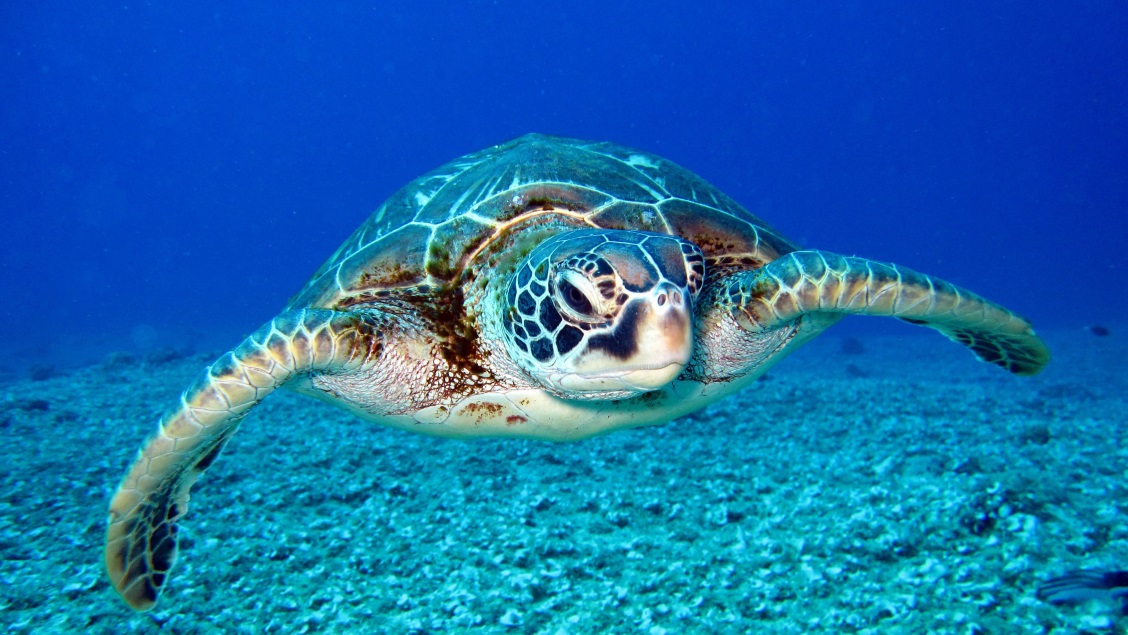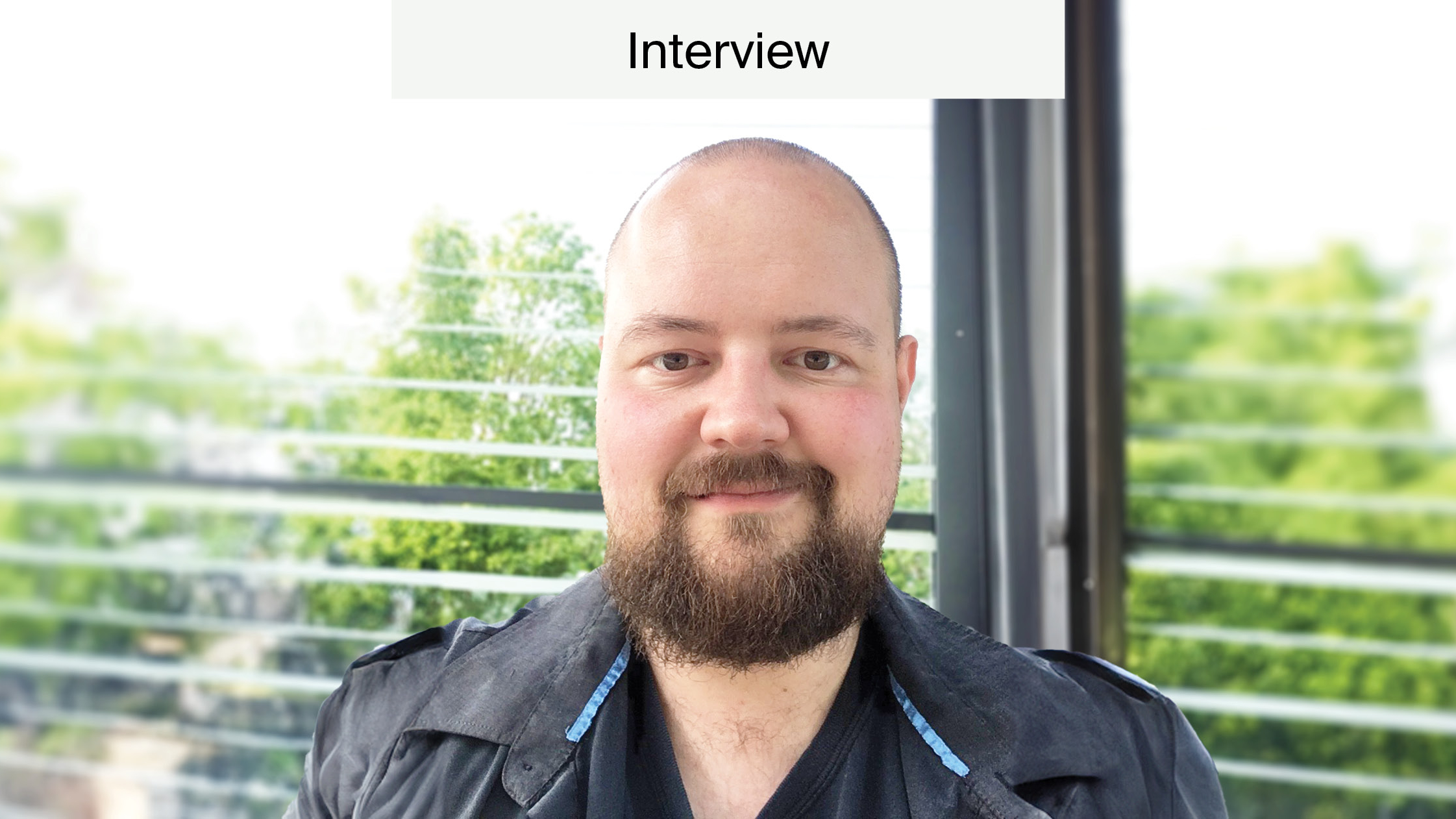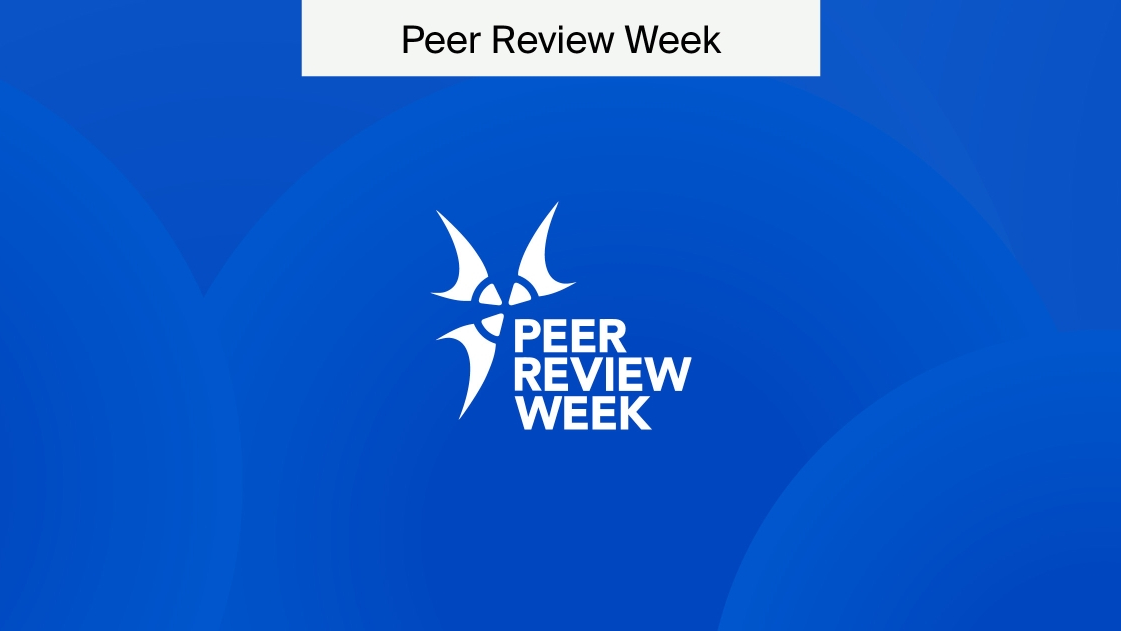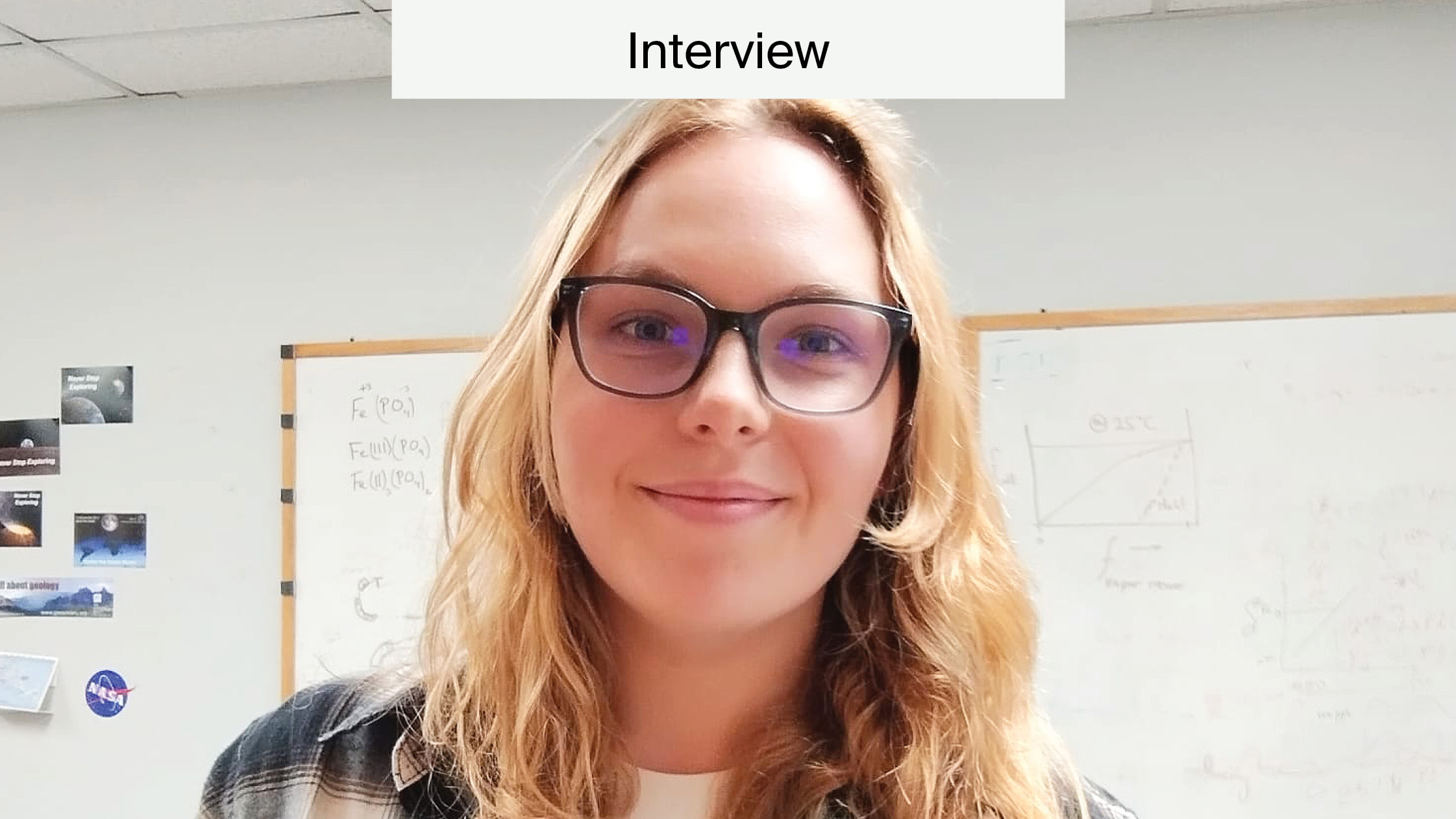
Meiofauna Life on Loggerhead Sea Turtles
This interesting article, written by Jeroen Ingels, Yirina Valdes et al., and published in Diversity in May 2020, has contributed to increasing knowledge about the relationship between loggerhead sea turtles and the meiofauna on their carapaces. The main topics of this research have attracted social and other media attention, being in the top 5% of all research outputs scored by Altmetric. In an interview with the authors, we tried to find out more about their process. You can read their story below.
How did you get the idea for your proposal on loggerhead sea turtles?
Our journey of looking for meiofauna epibiont life on sea turtles started a few years ago when our Brazilian colleagues from the Federal University of Pernambuco in Recife, Brazil, led by Prof. Giovanni dos Santos, had studied meiofauna (organisms ranging in size between 0.032 and 1 mm) and free-living nematodes on Hawksbill turtles recovered from beaches in Recife, Pernambuco, Brazil.
These studies were published in collaboration with Dr. Jeroen Ingels, then a postdoctoral researcher at Plymouth Marine Laboratory in the UK. Upon becoming a faculty member at the Florida State University, Dr. Ingels got in touch with Dr. Mariana Fuentes, sea turtle ecologist at Florida State University, to investigate the potential to carry on with sea turtle epibiosis research. We then found out that Dr. Fuentes was operating an annual survey of nesting loggerhead turtles on St. George Island, as part of a wider research program in the NE Gulf of Mexico Loggerhead Recovery Unit.
Funding and promising sightings
In 2018, we received some funding from the Florida Sea Turtle License Plate and the PADI Foundation through joint efforts with PhD student Ian Silver-Gorges to conduct our first Gulf of Mexico loggerhead meiofauna epibiont research during the peak of the nesting season.
The ideas we presented built on the previous observations we had made using Hawksbill turtles, namely that we were expanding the known distributions of several species found on hawksbills turtles, suggesting an expansion of these species’ ranges. We then added the important questions related to turtle ecology and conservation to achieve an interdisciplinary and integrated research project.
In essence, what we are trying to achieve is to explore the communities of microscopic organisms that live on the back of loggerheads and to see whether these distinct epibiont communities and species can tell us something about where the female loggerheads have been prior to their arrival at St George Island to nest. The premise here is that whatever lives on the back of loggerheads must have been picked up by the sea turtle when they were travelling between nesting and foraging sites, particularly in those areas they frequent to find food. We know that there are distinct groups of turtles that feed in different areas in the Gulf of Mexico. Using meiofauna, we are not only investigating ecological questions on epibiont communities on the loggerhead shells, we are also trying to trace back the whereabouts of the turtles by studying the meiofauna on their backs.
What is innovative about your research?
We seem to have opened up a door to these unexplored tiny metropolises that travel the ocean on the back of loggerhead sea turtles.
To our knowledge, the most innovative aspect of our research so far is really the fact that we have looked at the loggerhead carapace epibionts in incredible detail and focusing on the microscopic organisms that often go unnoticed. We received the question from one of the reviewers why we focused on the nematodes, a phylum of worms that are notoriously difficult to identify. That told us that we were doing something nobody had done before (apart from Prof. dos Santos in Brazil several years prior); the more you look at the detail, the more you will find. That certainly seemed to be the case for loggerheads.
The literature had shown that loggerheads harbor extensive communities of epibionts with many species that interact with each other and the behavior of the turtle. Such complexity must facilitate incredible microscopic diversity as well, but you have to look hard to find it initially. Once you do, a world of opportunities opens up. In that sense, we seem to have opened up a door to these unexplored tiny metropolises that travel the ocean on the back of loggerhead sea turtles.
What do you think are your most significant research accomplishments?
In this initial phase, the most important results are the fact that we encountered vast numbers of meiofauna organisms on loggerhead carapaces. To the public, it may seem surprising that we can find nearly 150,000 tiny organisms on the back of a turtle; and in many ways it is. But when you consider that on beaches around the world you can find millions of these animals per meter square of sandy surface then one can understand how this is possible. Still, it is fantastic that these epibionts are able to survive and thrive on loggerhead backs.
The communities we found had all characteristics of a healthy, feeding and reproductive community, much like we would find in ‘normal’ rocky or sedimentary habitats of coastal ecosystems. What was perhaps more surprising was the fact that we found 111 genera of nematodes in our study, which significantly increases the number of species that have been found so far on loggerheads. In fact, it doubles the species’ diversity previously observed in loggerhead epibiont studies.
More relevant to sea turtle ecology are of course the implications of our findings to future research that may assist conservation efforts. We found significantly different groups of epibiont communities among the loggerhead sea turtles. This means that some turtles have very different epibionts compared to others, and some have clear similarities. This suggests that the turtles with more similar communities may have picked up the epibionts by living in the same or similar habitat, giving us clues as to where the sea turtles have been. This opens up opportunities to use meiofauna as trackers for loggerheads. That research is currently being undertaken by Ian Silver-Gorges, a PhD student at FSU.
How do you see this work impacting the field?
As mentioned before, we see our work as an initial glimpse into the vast and exciting world of microscopic communities that travel on the back of sea turtles but with potential applications for sea turtle conservation. At the same time, there are so many unexplored questions. How effective are sea turtles at transferring these epibionts across the world? How many meiofauna organisms ‘hop on’ and ‘jump off’ in remote locations frequented by these turtles? Do loggerheads contribute to ‘natural’ migration of species, potentially exchanging invasive species? The last question has a potentially large impact into understanding meiofauna ecology.
Our research has now shown that, globally, billions of these organisms can travel on the backs of turtles for hundreds to thousands of kilometres at a time. They have likely been doing this for as long as sea turtles have existed, many millions of years. It sheds new light on our expectations and research questions with regards to dispersal of microscopic meiofauna. I guess we can call them ‘ocean hitchhikers’.
What are the biggest roadblocks and challenges in your research?
The field and laboratory effort in this research is definitely challenging. During the peak of the turtle nesting season, we had a team of about 20–30 people walking over 10 miles every night, geared up, in humid, buggy and hot conditions for a fortnight, only to wake up every day after a few hours’ sleep to start processing the sample haul from the previous night. The numbers of organisms we recovered are also a challenge: one does not simply count 146,000 organisms quickly. We are dependent on some subsampling to make the entire effort manageable.
Another challenge is the taxonomic expertise. Many of the authors are meiofauna biologists and ecologists, with a particular focus on nematodes. It takes years of training to become versed at rapid identification of nematode taxa, often because of the sheer diversity of taxa that exist within the group and sometimes the difficulty with which certain morphological characteristics are observed and identified. Potentially, molecular analysis could pave the way for faster identification, but we currently suffer from a lack of gene libraries. There are not enough data out there to compare with—we cannot place a name on a sequence yet, we have to identify a genus or species the traditional way in addition to analysing their sequences.
Could you explain the ‘meiofauna paradox’ in more detail?
There is a long-standing debate, termed by some the ‘meiofauna paradox’. This paradox stems from the observation that many meiofauna species occur globally or have very large distributions, often over thousands of kilometers. Yet, at the same time, we know that meiofauna do not tend to have swimming larvae, so they cannot actively disperse to areas far away. In addition, they are tiny, hence restricting their mobility on the sea floor—they simply cannot crawl or wiggle that far.
Meiofauna spend their entire life in between the sediment grains on the ocean floor or living on hard, sandy or muddy surfaces in the sea. This limits their migration potential, making them dependent on entrainment by currents, or by holding on to floating packets of seaweed or even human debris, to travel across the oceans to distant places. And now we know that they also do this in large numbers on the back of turtles.
You mentioned a number of factors may affect the diversity and structure of meiofauna. Which do you think is the most significant factor?
Probably the entire little ecosystem on the back of the turtle, and the many influences it receives from the environment in which the turtle finds itself, which is, of course, related to the location of the turtle. The number and diversity of organisms suggest a vast amount of ecological interactions that shape the communities that live on a carapace—not just between meiofauna taxa, but also interactions between larger organisms such as the barnacles and other larger, mobile crustaceans, and polychaetes for instance.
Further factors, of course, are the specific behaviors and whereabouts of the turtles; the environmental conditions are essential in deciding which microscopic organisms are able to thrive and which ones may not do very well. As such, the epibiotic community finds a way to become successful with a starting assemblage that is characteristic of the places where the turtle may be able to pick up these travelling epibionts. The community then progresses over time under different ecological and environmental interactions and influences them to become what they are when we find them.
Time and temporal patterns
The last sentence brings also an interesting inference to time and temporal patterns. We currently have no clue as to how long it takes for colonization to occur on a turtle carapace; although, we suspect this will be dependent on the amount of colonization opportunity the carapace is exposed to. A turtle digging in sediment for food, or when wedged under rock ledge to sleep, will be surrounded by resuspended organisms ready to settle, while a turtle chasing jelly fish will perhaps have less colonizers ready or able to attach themselves.
However, following our survey, we now have 23 loggerheads roaming the seas with clean shells (we also sampled >30 loggerheads in 2019), and they will return to the shores of St George Island in two to four years. We hope to recapture them and sample their epibionts so we can investigate what has settled on their carapace in the fixed period between the two sampling times.
If you were starting your research again, what would you do differently?
Not sure. Not having scraped loggerhead sea turtles on St. George Island prior to 2018, we initially set out to split each carapace into nine sections (following a well-known publication that uses the nine-section approach) and sample each section independently. Upon encountering our first turtle, we immediately realized that, with the turtle very determined to return to the water with all its might, this would not be possible.
If we found ourselves as the developers of a video game, the turtle’s moves could easily be termed “bite” and “flipper slap”. We changed tactics very early into working up the first turtle by sampling each carapace in three sections (anterior, medial, and posterior), and kept this method throughout the remainder of the survey. It would have been a bit less hectic at the beginning had we known what the sampling experience would be like, but that is how research works. We were able to adapt successfully.
Do you have any interesting experiences to share with us?
The experience of just being somehow connected to a large sea turtle, being near them, hearing its immense breaths, and doing this research is incredibly rewarding.
Working long hours in the field and the lab is always interesting; it can be very demanding and you start to go a bit loopy, especially at times when there are very few turtles! In the field, we walked up to 16 miles a night. As one student put it, you feel like “a floating head” towards the end of survey at 4 a.m., as one tries to separate the physical tiredness and pain from your mental drive to conduct the sampling as best you can. The experience is quite literally a physically and mentally very demanding test; people new to the work can easily underestimate it.
One has to ensure your body adapts to the conditions and following a routine every day to let your body recover and prepare for the next night is important—as much rest as you can, rehydrate, plenty of food, staying cool, etc. Towards the end of the survey, every morning in the early hours, bodies get tired and muscles lock up. There is little you can do other than drag yourself to the end if you are stuck in the middle of a 3-mile stretch of beach. There are very few to no opportunities to get off until you reach the end of your section. If a turtle appears in that final hour, however, you forget all pain and endure it. The experience of just being somehow connected to a large sea turtle, being near them, hearing its immense breaths, and doing this research is incredibly rewarding.
The beauty of nature
Aside from the torture we put our minds and bodies through, you have to appreciate the sheer beauty of what we are dealing with here. For instance, the loggerhead sea turtles seem to be good aggregators for plankton just offshore. When they come up to nest, they bring this plankton with them. This includes bioluminescent dinoflagellates.
Even though the crashing waves do not bioluminesce, as we start to sample the turtles, we see blue streaks and pulses appear on their carapaces, set off by contact between our sampling gear and dinoflagellates on the carapace. In addition, one cannot help but being in awe about the sheer diversity you encounter on a turtle shell, with so many creatures crawling around, finding their own little way in what is a relatively small but very dense and complex, travelling ecosystem. It is a beautiful, intimate experience for all of us when out on the beach at 3 a.m. working up these massive reptiles.
Why did you choose Diversity MDPI for your manuscript?
We always try and look for Open Access options to publish our research, despite the associated cost for article processing. When we were presenting our preliminary results on this study at the International Meiofauna Conference in 2019, we were invited by the guest editors to submit a manuscript in the Special Issue focusing on meiofauna ecology. We were immediately interested of course. In all honesty, we hadn’t heard of the journal until then, but after some research, we thought the journal and the Special Issue would be very suitable for our study.
Was the publishing process satisfactory?
We were impressed by the speed at which the manuscript was handled and the quality of the reviews. In our experience, Open Access journals tend to be faster on average than traditional journals, but MDPI Diversity is the fastest we have encountered so far. The communication between the editorial office, the guest editors and the reviewers was very effective.
We would recommend Diversity to authors for its Open Access format, reasonable processing fees, fast processing, and high-quality reviews.
Learn about loggerhead sea turtles and more
Diversity is a peer-reviewed, Open Access journal on the science of biodiversity from molecules, genes, populations, and species, to ecosystems and is published monthly online by MDPI. Click here to see the journal homepage for more.










